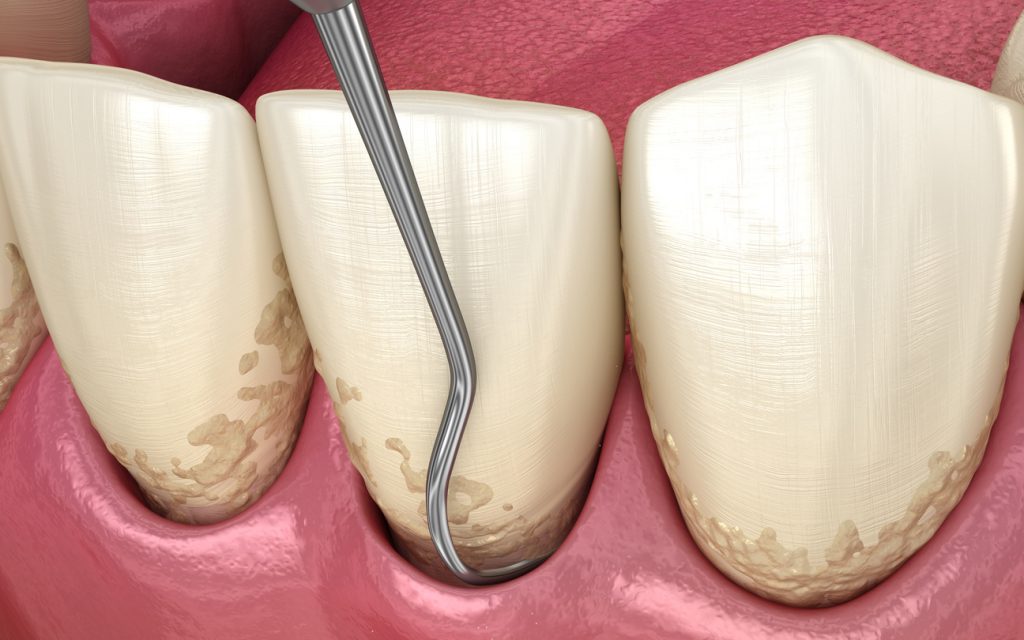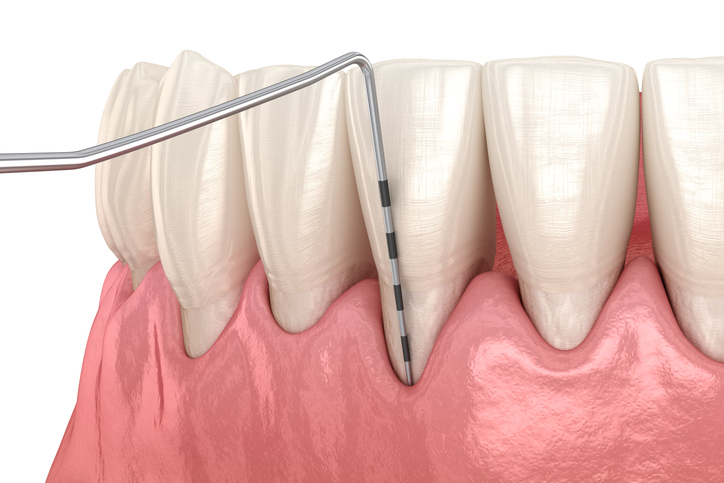If your dentist has recommended a periodontal deep cleaning, also known as scaling and root planing, you may be wondering what it is, why it’s necessary, and what you can expect before, during, and after the procedure. Below is a comprehensive guide that answers all the most common questions in depth to help you feel informed and confident about your oral health.
What Is Periodontal Deep Cleaning?
A periodontal deep cleaning is a non-surgical procedure designed to treat gum disease (periodontitis) by removing plaque, tartar, and bacteria from beneath the gumline. Unlike a regular dental cleaning—which focuses on the surfaces of the teeth and above the gumline—a deep cleaning goes below the gums to target the areas where bacteria thrive and cause gum inflammation and bone loss.
The treatment is typically done in two parts:
- Scaling: Removal of plaque and tartar (calculus) from the tooth surfaces and below the gumline.
- Root Planing: Smoothing of the root surfaces to help gums reattach to the teeth and discourage future bacterial buildup.

Who Needs a Deep Cleaning and Why?
You may need a periodontal deep cleaning if you have signs of gum disease, such as:
- Persistent bad breath
- Bleeding gums
- Receding gums
- Deep periodontal pockets (greater than 4 mm)
- Loose teeth
These symptoms indicate that plaque and tartar have built up below the gumline, creating pockets that trap bacteria and allow gum disease to progress. Left untreated, this can lead to tooth loss, bone deterioration, and even systemic health issues like heart disease and diabetes complications.
Dentists typically use a periodontal probe to measure the depth of the gum pockets. If these are deeper than normal (usually more than 4 mm), deep cleaning is often recommended.

Is It Painful?
Most patients tolerate the procedure well, especially when a local anesthetic is used. During the cleaning, your dentist or hygienist will numb the treatment area to minimize discomfort. You might feel pressure or vibration, but not pain.
After the procedure, it’s common to experience mild soreness, sensitivity, and bleeding for a day or two. These symptoms are temporary and can be managed with over-the-counter pain relievers, salt water rinses, and desensitizing toothpaste.
How Long Does It Take?
A full periodontal deep cleaning typically takes 1–2 appointments, depending on the severity of your gum disease and how many quadrants (sections) of your mouth need treatment. Most dentists divide the mouth into four quadrants (upper right, upper left, lower right, lower left), and may treat one or two quadrants per visit.
Each session usually lasts between 45 minutes and an hour. In more advanced cases, or if sedation is used, sessions may take longer.
What Is the Aftercare Like?
Post-treatment care is critical for healing and preventing reinfection. Your dentist may provide you with:
- An antimicrobial mouth rinse (e.g., chlorhexidine)
- Instructions for gentle brushing and flossing
- Desensitizing products for sensitive teeth
- A soft-food diet for the first 24–48 hours
It’s also essential to avoid smoking, as it delays healing and worsens gum disease. Follow-up visits are often scheduled to assess healing, measure pocket depth improvement, and determine if further treatment is necessary.
How Effective Is It?
Deep cleaning is highly effective when done properly and followed by good oral hygiene at home. It:
- Reduces inflammation
- Shrinks periodontal pockets
- Helps gum tissue reattach to the teeth
- Slows or halts the progression of gum disease
However, its success depends largely on patient compliance. Daily brushing, flossing, and routine professional cleanings are essential to maintaining the results.
In moderate to severe cases, deep cleaning may not be enough to fully resolve gum disease, and surgical treatments (like flap surgery or bone grafting) might be necessary.
Is It Covered by Insurance?
Most dental insurance plans cover scaling and root planing when it’s deemed medically necessary. Your dentist will likely submit periodontal charting and X-rays to justify the procedure. Coverage can vary by provider and plan, so it’s best to check with your insurance before proceeding.
How Often Do You Need a Deep Cleaning?
Periodontal deep cleaning isn’t something you need frequently like regular cleanings. After your initial treatment, your dentist will often recommend periodontal maintenance cleanings every 3–4 months instead of the usual 6-month schedule. These maintenance visits are more thorough than standard cleanings and help prevent relapse.
If gum health improves and remains stable, you may eventually return to a normal cleaning schedule. However, many patients with chronic gum disease require lifelong periodontal maintenance.
What Happens If You Don’t Get It Done?
Ignoring gum disease allows it to progress. As pockets deepen, more plaque and bacteria accumulate, leading to:
- Further gum recession
- Bone loss
- Loose or shifting teeth
- Tooth loss
- Systemic inflammation affecting heart and metabolic health
Gum disease is a chronic, progressive condition. Early intervention with deep cleaning is your best chance to prevent irreversible damage.
Don’t Delay – Sooner Treatment Means Better Outcomes
Periodontal deep cleaning is a vital treatment for stopping the progression of gum disease. It’s more than just a “thorough cleaning”—it’s a strategic, targeted intervention that can preserve your oral and overall health. If your dentist recommends it, don’t delay. The sooner you treat gum disease, the better the outcomes.
Still have questions? Give us a call or schedule a consultation. We look forward to meeting with you.

